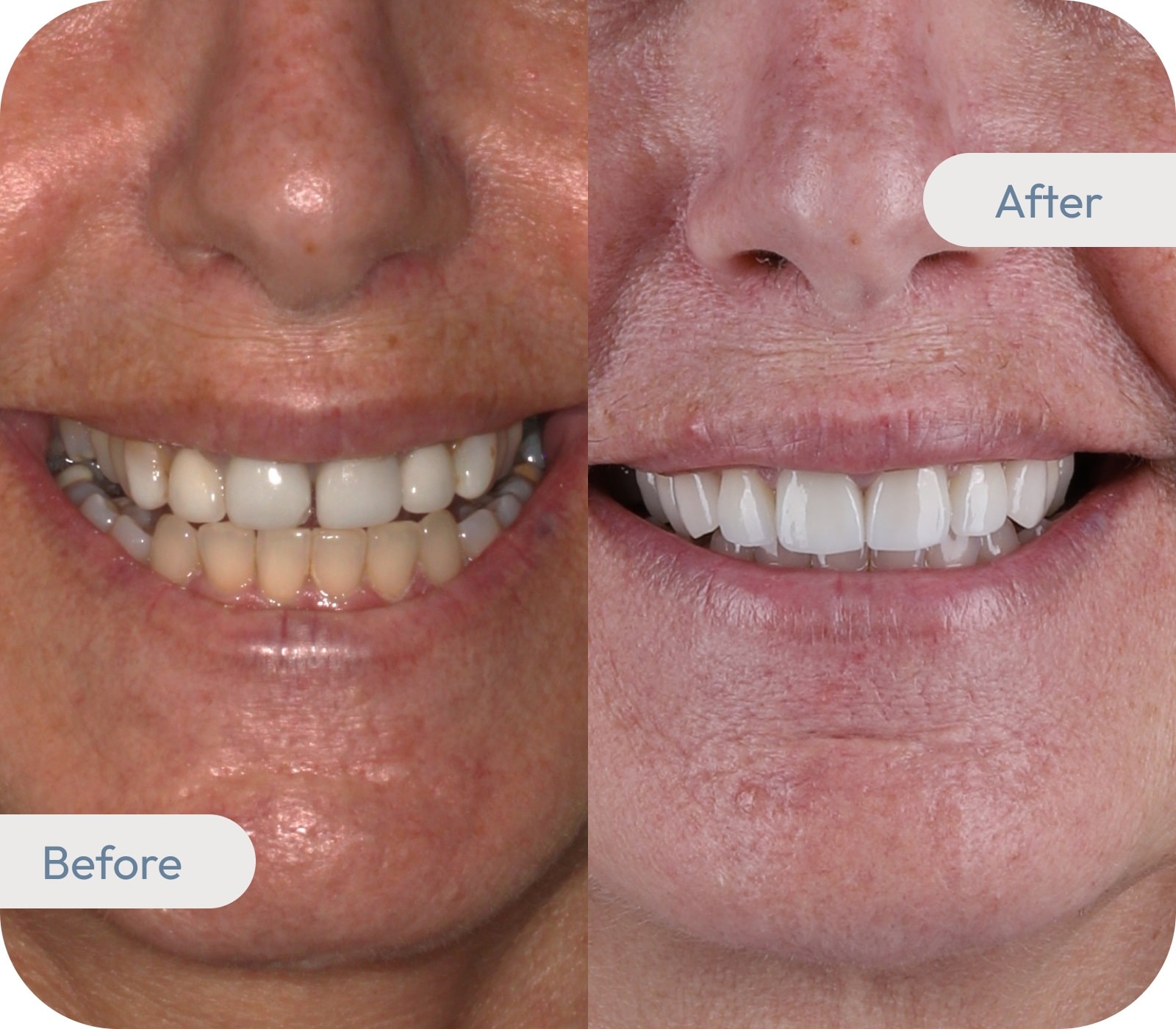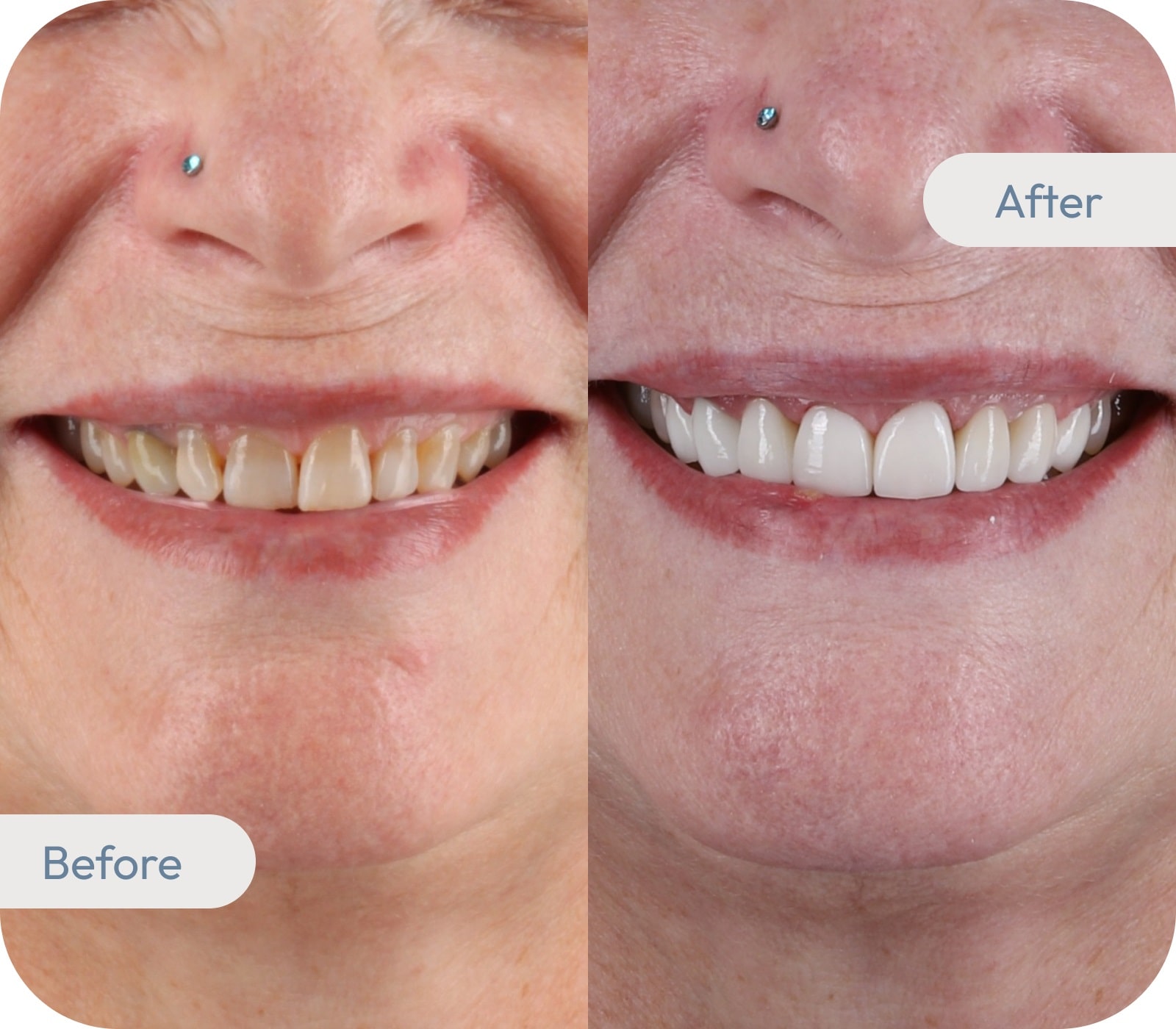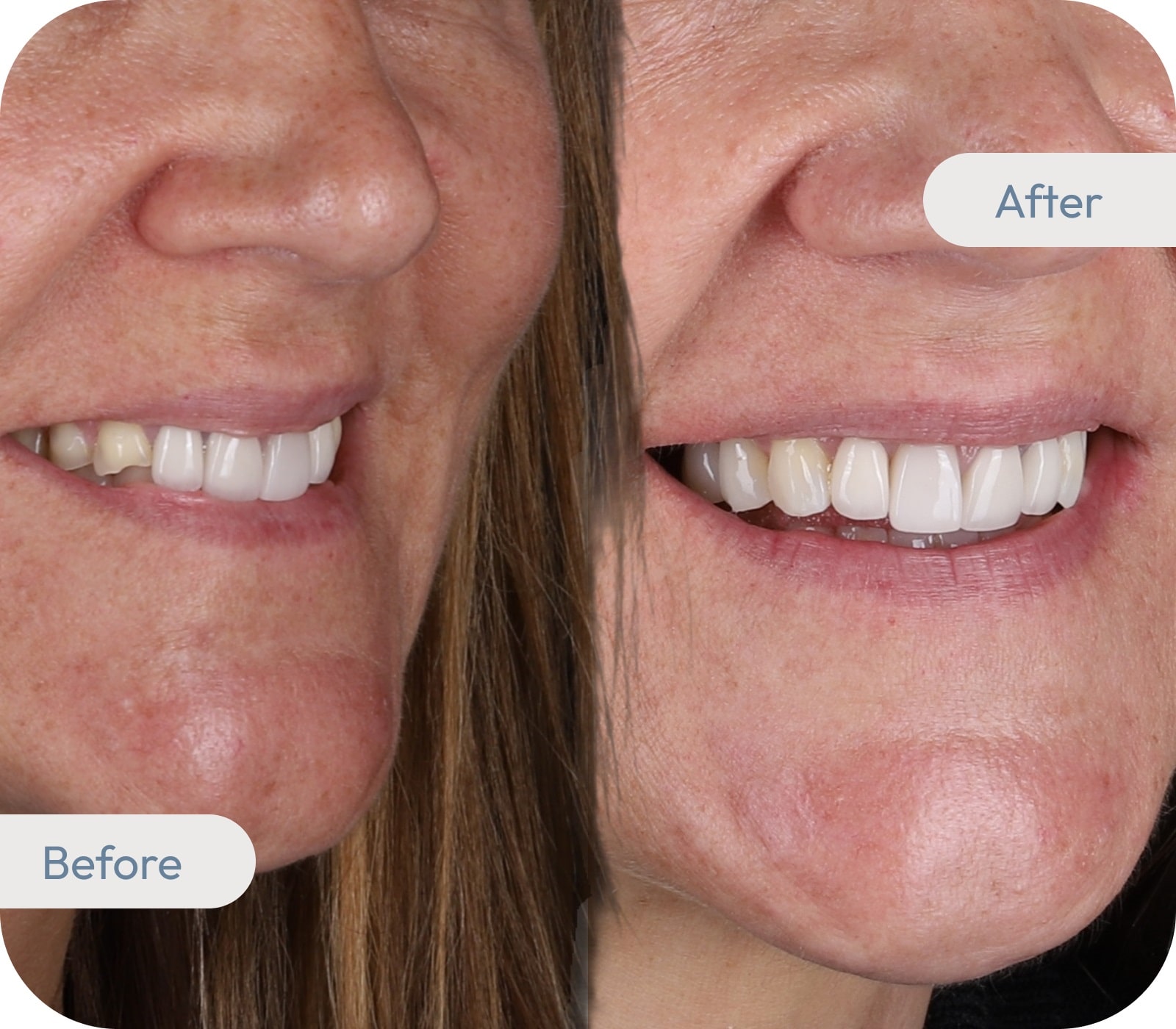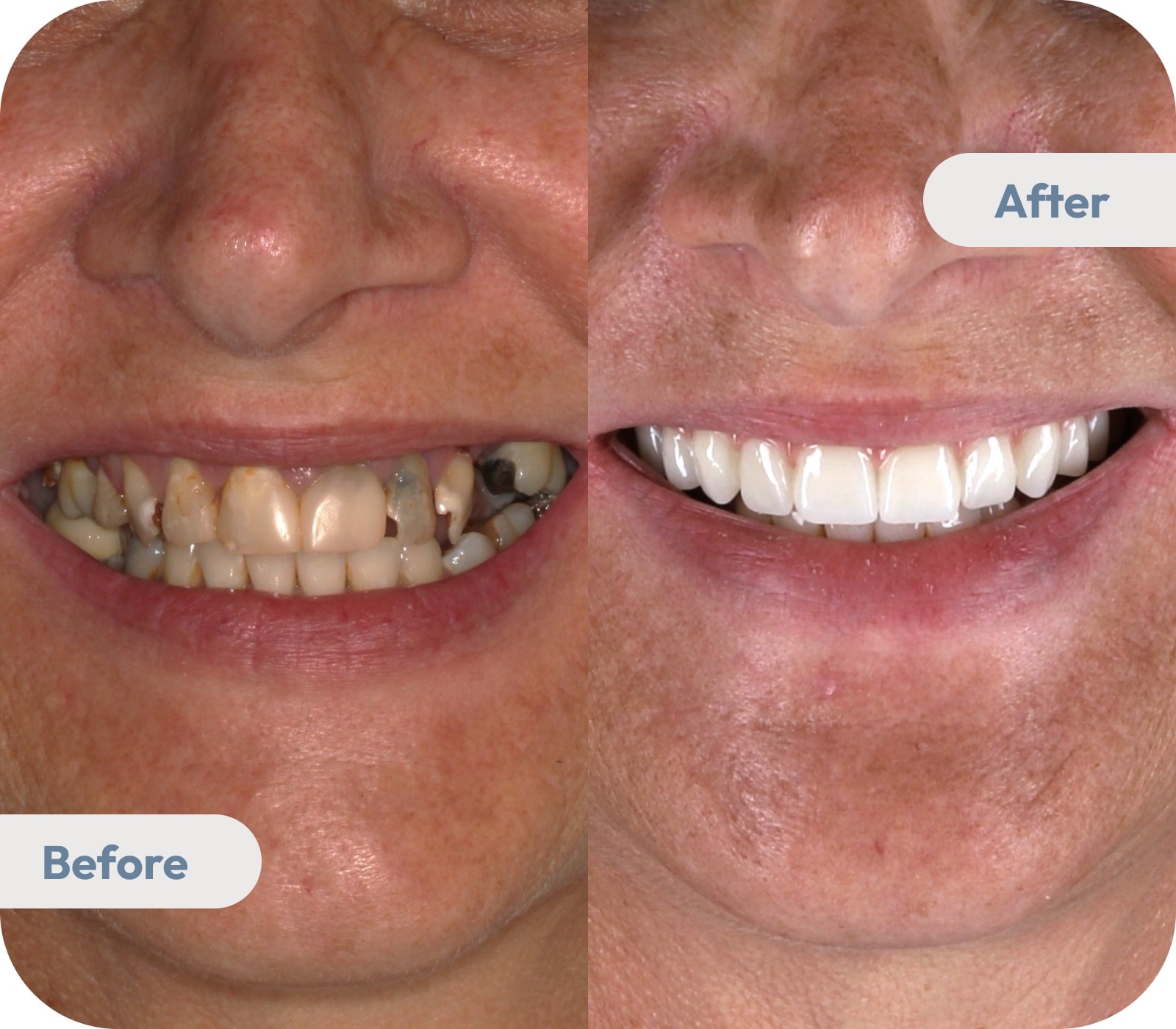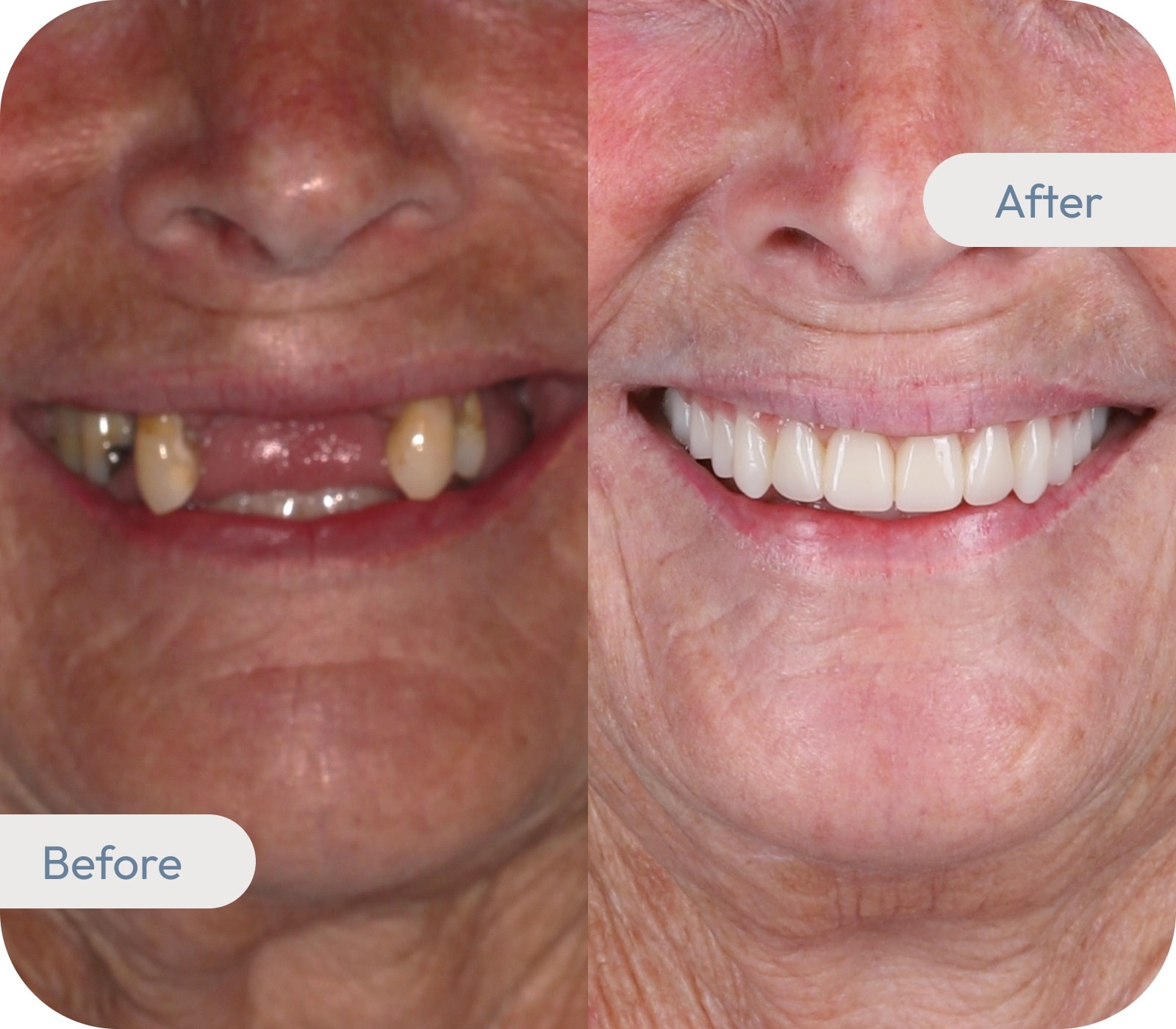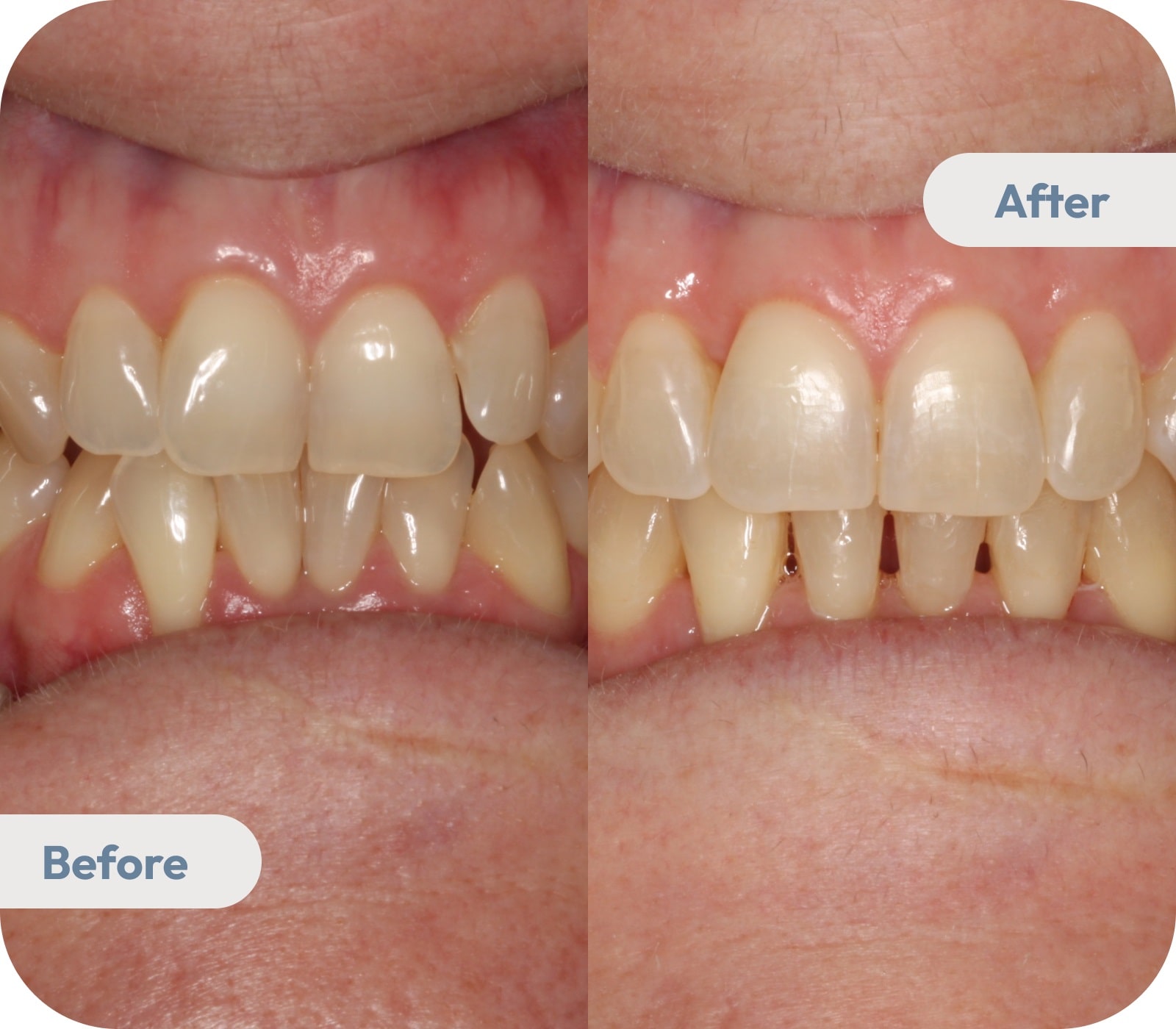Get Ahead of Smile Concerns
Schedule Early Orthodontic Intervention for Your Child
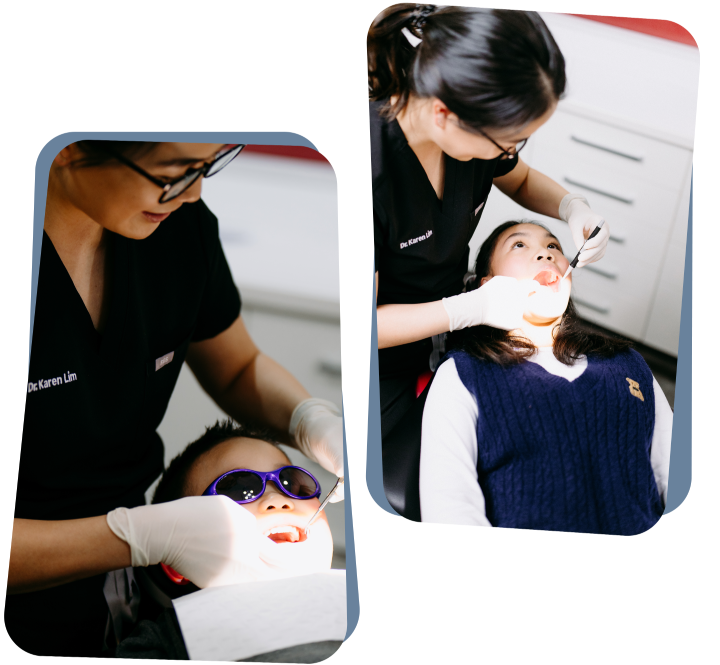
Early Orthodontic Intervention Supports Healthy Jaw Growth
When Should Children Have an Orthodontic Assessment?
- At Age Seven
Orthodontics Australia recommends that children have their first orthodontic assessment between the ages of seven and ten. This early assessment helps monitor jaw and tooth development, allowing for timely care if concerns are identified.
- Early Bite Issues
Problems with the bite, such as overbite, underbite, or crossbite, can affect chewing and speech. Identifying these issues early allows for timely care that may reduce the need for braces or other complex treatments later.
- Jaw Growth Monitoring
Regular orthodontic reviews help track jaw development during key growth stages. Monitoring enables dental professionals to guide alignment and intervene when necessary, thereby supporting healthy jaw growth and reducing the risk of future alignment issues.
- Crowding or Spacing
Gaps or overlapping teeth may signal developmental concerns. An early orthodontic assessment can determine if interceptive treatment or space management is necessary to guide alignment as your child’s adult teeth emerge.


Benefits of Addressing Orthodontic Concerns at a Young Age
- Improved Development
Early care can guide jaw and facial growth during key developmental stages. It helps minimise alignment issues and supports healthy dental and skeletal development as your child’s teeth and jaws continue to grow.
- Simpler Treatment
Addressing early issues, such as crowding or crossbite, may reduce the need for extractions or jaw surgery. Early intervention can help prevent the need for prolonged treatment with braces or complex orthodontic appliances during adolescence.
- Better Function
Early intervention can support healthy chewing, speech, and breathing by guiding bite and jaw development while the mouth is still growing. This may lead to improved comfort and oral function in the long term.
- Boosted Confidence
Timely care may help minimise visible crowding or bite issues. This can make it easier for children to maintain comfort, speak clearly, and feel at ease during key social and school-age years.
Take the First Step Towards a Healthier Smile
Are you ready to prioritise your oral health? Book a consultation with our friendly team to discuss your needs and explore suitable treatment options.

How We Assess Your Child’s Smile and Jaw Development
The first visit begins with a review of your child’s medical and dental history. This includes past treatments, oral habits like thumb sucking, breathing or sleeping issues, and family history of orthodontic concerns. Understanding these details helps identify patterns that may influence jaw or tooth development. The appointment takes place in a calm, supportive setting to help children feel at ease and to guide the next steps in their assessment.
The assessment process is explained in a calm and gentle manner to help your child feel more at ease. This visit focuses on gathering information rather than initiating treatment. It includes a step-by-step overview of tooth position, bite, and jaw development. Parents can ask questions about growth stages, oral habits, or possible future needs. The appointment offers helpful insight without pressure to make immediate decisions.
Your child’s teeth, bite, and jaw growth are gently examined during the dental visit. This includes observing how the upper and lower teeth come together, tooth alignment, and facial symmetry. The assessment is both visual and tactile, conducted in a calm and supportive environment. Each step is explained clearly to help your child feel informed, confident, and comfortable throughout this part of their orthodontic assessment.
X-rays or digital scans may be recommended when more detailed information is needed to assess how a child’s teeth and jaws are developing. These diagnostic tools can reveal unerupted teeth, jawbone structure, or root position. These are details not visible during a visual exam. Imaging is only used when clinically appropriate, and the process, including its purpose and safety protocols, is explained clearly and in advance.
Once the assessment is complete, findings are explained in clear, simple terms. In many cases, ongoing monitoring is recommended to observe changes over time. If early care is needed, you’ll receive information about what it involves and when to consider it. Every child is different, and no treatment begins unless it is clinically appropriate. You'll have the opportunity to explore care options that align with your child’s needs and development.
Our Work, Our Patients’ Happy, Healthy Smiles
*These images display actual patients of our clinic. Every case is different, and treatment outcomes can vary according to individual conditions and needs.
Why Families Trust Eversmile Dental With Straighter Smiles
-
- Proudly Bunbury Locals
- We’re locals who live, work, and raise families in the same community we serve. That means we understand what Bunbury families need when it comes to flexible, realistic orthodontic options. Our care is personal because we’re caring for our neighbours, and we take that responsibility seriously.
-
- Serving Since 2006
- With almost two decades of experience, Eversmile Dental has supported countless patients through every stage of their smile journey. We provide clear aligner therapy and early orthodontic assessments backed by knowledge, honesty, and a commitment to doing what’s right for each patient.
-
- Gentle Dental Care for Every Generation
- From early assessments for kids to clear aligners for adults, our approach is family-friendly and forward-thinking. We’ll help you spot issues early and guide you through your options with care and clarity. Every smile is unique, and so is the path to helping it function well.
-
- Personalised Care That Feels Right for You
- We’re not here to push a one-size-fits-all treatment. We take the time to explain your options, answer every question, and make you feel confident about your treatment. Whether you’re exploring orthodontics for your child or yourself, we’ll help you make the decision that’s right for you.
-
- Driven by Our Values
- Our values—honesty, integrity, and putting patients first—guide every recommendation we make. If early intervention will help, we’ll explain why. If orthodontic treatment isn’t needed, we’ll be upfront about that, too. You can expect genuine care, no pressure, and advice that’s always in your true interest.
-
- Advanced Technology for Comfort and Precision
- We use digital scans and advanced planning software to assess bite alignment and plan clear aligner treatments with precision. This means no messy impressions, better-fitting trays, and more predictable outcomes. Modern tools help us deliver orthodontic care that’s comfortable, effective, and easy to manage—right here in Bunbury.
Explore Our Dental Implant Information Pages and Resources
Frequently Asked Questions
What is early orthodontic intervention?
Early orthodontic intervention involves assessing a child’s dental development during their early growth and dental development years. It focuses on identifying potential concerns such as crowding, bite issues, or jaw development patterns. This evaluation may help your dental team track changes over time and determine if and when treatment is necessary for a healthy development. The first assessment often happens around age seven, when children generally have both baby and adult teeth.
Is early orthodontic treatment necessary?
Not every child will need early orthodontic treatment. However, it may be helpful in situations where dental development appears outside the expected range for their age. Below are some reasons why a dentist may recommend early care:
- Crowded or spaced teeth:
If teeth are too close together or far apart, it may affect how adult teeth grow into place. Early care may help maintain healthy alignment or create space for future teeth. - Bite concerns:
Bite issues such as an underbite (lower teeth in front), overbite (upper teeth extend too far forward), or crossbite (side teeth don’t align) can affect chewing, speaking, or cleaning. Addressing these early may support jaw development. - Thumb or finger sucking beyond age four:
Ongoing habits like thumb or finger sucking may influence the growth of front teeth or jaw shape. Taking early steps may help reduce the changes over time. - Early loss of baby teeth:
If a baby tooth is lost earlier than expected, nearby teeth may shift into the space. This can affect how adult teeth erupt and may require a space maintainer or other procedures. - Speech or chewing difficulties:
Some jaw or tooth positions may affect how a child eats or forms sounds. A dental assessment can help determine if early care is appropriate.
What is the recommended age to start orthodontic treatment?
The first orthodontic assessment is recommended around the age of seven. This timing allows the dentist to examine how the adult teeth are emerging and how the jaws are forming. By this age, many children have a mix of baby and adult teeth. This allows the dentist to observe the development of the bite and spacing patterns.
Do all kids need early orthodontics?
No, not all children need early orthodontic treatment. Early assessments are used to evaluate growth and monitor development. Treatment may be recommended when there are specific concerns, such as jaw growth differences, crowding, or bite irregularities. In many cases, children do not need early intervention and are monitored periodically as their teeth and jaws develop. Your dentist will provide advice based on clinical observations, not routine timelines.
What are the signs that a child may need early orthodontic treatment?
Some signs may suggest that a child’s dental development requires closer monitoring or early support. These signs don’t always mean treatment is required, but they may prompt a referral for assessment:
- Jaw shifts when opening or closing the mouth:
If your child’s jaw noticeably moves to one side when biting, it may indicate a crossbite or imbalance in jaw alignment. This can affect how the teeth come together and place pressure on certain teeth or joints. - Cheek biting or lip trapping during chewing:
Consistent biting of the inside of the cheek or lower lip may suggest that the teeth are not aligning properly. This can occur if the upper and lower jaws are not properly aligned or if there is insufficient space for the teeth to fit comfortably. - Difficulty with speech sounds:
Some bite patterns can affect tongue placement and airflow, which may influence how certain sounds are produced. If your child has ongoing issues forming sounds like “s,” “th,” or “sh,” an orthodontic review may be helpful. - Visibly narrow dental arches:
A narrow upper arch may lead to limited space for teeth to erupt or contribute to a crossbite. This can be visible as a V-shaped arch instead of a broader U-shape when your child smiles or opens their mouth. - Prolonged use of a dummy or pacifier beyond age four:
Extended use of a dummy can influence the shape of the upper jaw and the angle of the front teeth. This habit may increase the risk of an open bite or other alignment concerns if it continues as the adult teeth come in. - Teeth that appear to protrude significantly:
If the front teeth stick out much further than the lower teeth, it may increase the risk of injury and may signal jaw imbalance. This can occur naturally or as a result of thumb sucking or tongue-thrusting.
How early can you start orthodontic treatment?
Orthodontic treatment may begin as early as age six or seven if specific concerns are identified. These may include jaw growth issues, crossbites, or ongoing habits such as thumb sucking that affect dental development.
However, early treatment is not always needed. The decision to start care depends on your child’s individual development, the nature of the concern, and clinical findings during an assessment. In many cases, a dentist may recommend monitoring growth over time rather than beginning treatment immediately.
Can early treatment reduce the need for braces later?
In some cases, early treatment may help guide jaw development or create space for incoming adult teeth. This can reduce the complexity of orthodontic treatment in the future. However, early care does not always prevent the need for braces later on.
The purpose of early treatment is to address specific issues, such as bite development or spacing concerns, while a child is still growing. In certain situations, timely intervention can make later treatment more straightforward or shorter in duration. For example, addressing habits like thumb sucking early may help limit their effect on tooth and jaw development.
Every child’s needs are different. Your dental provider will assess your child’s needs and discuss options based on clinical findings and growth patterns.
What happens at a child’s first orthodontic consultation?
A child’s first orthodontic consultation focuses on understanding how their teeth and jaws are growing. This visit helps your dental provider assess whether treatment is needed now or later. Here’s what to expect:
- Discussion of dental and health history:
The dentist may ask questions about your child’s oral habits, such as thumb sucking or breathing through the mouth. They’ll also review any concerns you’ve noticed about chewing, speech, or facial development. - Clinical examination:
The dentist will check at how the teeth bite together, check for crowding or spacing, and assess jaw position and facial balance. They may gently guide your child through opening and closing their mouth, smiling, and biting. - Diagnostic records (if needed):
In some cases, photos, X-rays, or digital scans are taken to get a more detailed view of the teeth and jaws. These images help with planning and monitoring over time. - Treatment planning or monitoring:
Not all children need treatment immediately. Some may simply be placed on a review schedule to monitor growth and development as new teeth come through.
Can children get Invisalign as part of early treatment?
Clear aligners like Invisalign may be used in some early treatment cases, depending on the child’s development and specific needs. Here are some important considerations:
- Age and dental stage:
Children need to have a mix of baby and adult teeth to be considered for early-stage aligner treatment. This phase is referred to as the “mixed dentition” stage and usually begins around age seven. - Type of orthodontic concern:
Clear aligners may be used to address mild to moderate spacing, alignment, or crowding issues. More complex bite problems or jaw discrepancies may require different types of early treatment. - Ability to follow instructions:
Clear aligners must be worn for 20 to 22 hours a day to work effectively. Consistent use is important for results. Children need to be able to manage their aligners independently and keep up with regular brushing and cleaning. - Case-by-case suitability:
Not all children are suited to clear aligners at an early age. Your dental provider will assess your child’s needs and recommend options based on clinical findings.
Is early orthodontic treatment painful?
Early orthodontic treatment does not usually cause pain, but some children may feel mild discomfort during certain stages. This often happens when an appliance is first fitted or adjusted, as the teeth and jaws begin to respond to gentle pressure.
Any discomfort is usually short-term and tends to settle within two to four days. Children may describe it as a sense of tightness or tenderness. Soft foods, such as yoghurt, mashed vegetables, scrambled eggs, pasta, or soup, can make eating more comfortable during this time.
Over-the-counter pain relief may be used if recommended by your dental provider. Every child responds differently. Your dental team will explain what to expect and suggest ways to help your child stay comfortable during treatment.
Payment Options to Suit Your Budget and Needs
Book Your Appointment Online or Call Our Bunbury Dental Clinic Today
Take the next step in your dental care. Visit a dentist Bunbury residents trust for thoughtful, comfortable, consistent care tailored to your dental health goals.
